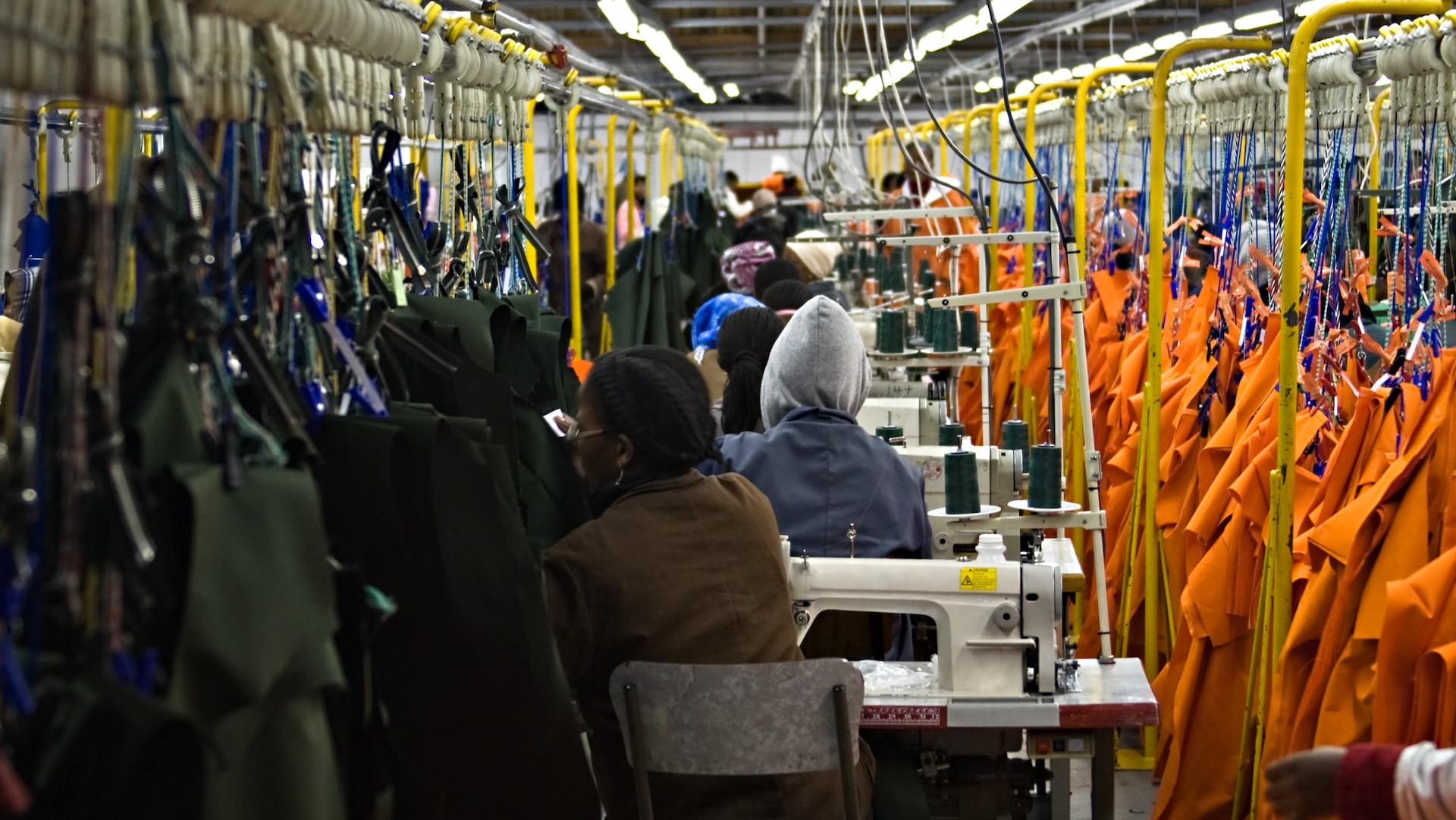Some fashion brands are rolling out green initiatives, ranging from offshore wind investments to the use of recycled materials. But, according to The Washington Post, the question remains if the industry is finally moving toward more sustainable practices or if it’s just another layer of greenwashing.
What’s happening?
Fast fashion giants are launching sustainable initiatives — for example, H&M has invested in renewable energy for its factories, and Zara has debuted a recycled-fiber collection. Even so, the core business model remains — one based on producing massive volumes of low-cost clothing at rapid speed. According to the EPA, 11.3 million tons of textiles were dumped in U.S. landfills in 2018, while the Ellen MacArthur Foundation estimates a garbage truck’s worth of clothes is dumped or burned globally every second.
A McKinsey report found that nearly two-thirds of fashion brands are lagging on their 2030 sustainability goals, and sustainability has been pushed to the back burner for many. “There is this momentum toward sustainability … but it’s not really driven solely by regulation or niche consumer groups anymore,” said advocacy group Remake’s Katrina Caspelich to the Post.
Caspelich says younger generations are more vocal about conscious shopping and quick to blast brands for greenwashing or boost up those they perceive to be legitimately making green progress. “For fast fashion brands, that’s a little scary, because they’re facing real-time reputational risks if their sustainability claims don’t hold up.”
Why is fast fashion concerning?
Fast fashion contributes up to 10% of global carbon pollution. Plus, the clothes are not meant to last. They are typically of low quality and follow short-lived trends, getting tossed after only a few wears, thereby contributing to textile waste.
What’s more, green marketing may be lulling consumers into a false sense of progress. Out of 42 brands studied by Stand.earth, only 14 had actually reduced their pollution output. Even worse, 17 had increased their carbon footprints. That’s why experts are raising red flags about greenwashing. Vague buzzwords, stock nature imagery, and lack of third-party audits make it difficult to tell what’s real.
What’s being done about fast fashion’s impact?
Some brands are making moves to reduce waste — H&M invested in a start-up that detects textile flaws during production, and Zara partnered with a textile waste recycler. Advocacy groups are calling out greenwashing, and younger generations are demanding more transparency. “[They’re] redefining what it means to be a conscious shopper,” Caspelich noted.
To reduce your fashion footprint, consider thrifting (which can also save you money on everyday items), supporting brands with proven sustainability track records, or investing in higher-quality clothes meant to last.
Used clothing marketplaces are growing — projected to reach $367 billion globally by 2029, according to ThredUp — but fast fashion still dominates. So informed shoppers can make a huge impact by breaking up with fast fashion.
Join our free newsletter for good news and useful tips, and don’t miss this cool list of easy ways to help yourself while helping the planet.


